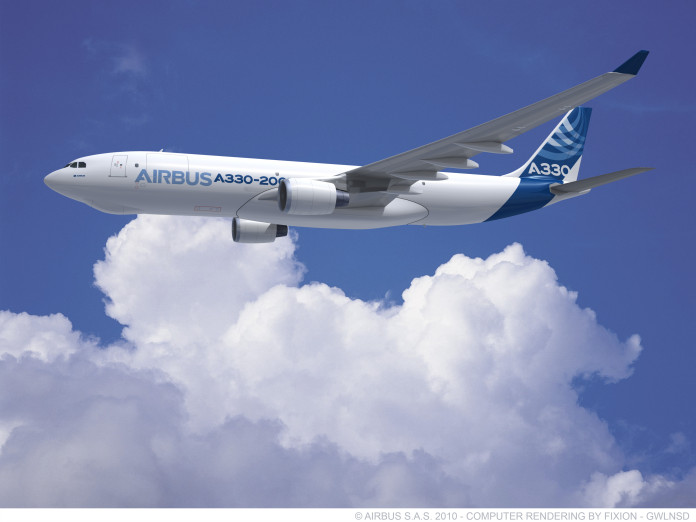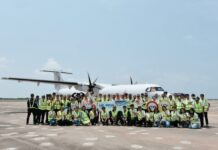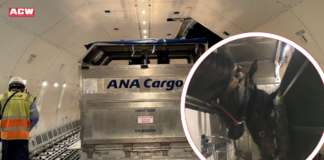

A latest forecast by Airbus predicts 2,500 new passenger and freighter aircraft will be required over the next 20 years in the Middle East.
The manufacturer says in the last decade, travel to and from and within the region has quadrupled earning the region the title of “today’s aviation crossroads”.
Latest estimates say aviation supports two million jobs and $116 billion in gross domestic product (GDP) in the region.
In the next 20 years (2015-2034) Airbus says traffic in the Middle East will grow at six per cent well above the world average of 4.6 per cent and this will drive a need for nearly 2,460 new passenger and freighter aircraft valued at $590 billion. Of these nearly 1,890 will be for growth and 570 for replacements.
By 2034, the fleet of passenger and freighter aircraft in the Middle East region will almost treble from nearly 1,100 in 2015, to over 2,950 by 2034.
Airbus says long-haul is at the heart of international traffic growth and in the next 20 years, the region will require some 1,570 widebody aircraft to meet demand, but domestic and inter-regional growth is becoming increasingly significant also growing at nearly six per cent.
Airbus says fuelled by urbanisation, an increase in the number of mega-cities from four to nine, and a doubling in the propensity to travel for business and tourism (leisure and cultural), by 2034, the Middle East will need an additional 890 single aisle aircraft driven by these trends.
The French aircraft manufacturer says emerging economies are now the real engines of worldwide traffic growth. Economic growth rates in neighbouring economies such as China, India, and Africa will average 5.8 per cent per year, doubling the number of middle classes to four billion people.
By 2034, the 6.3 billion people in these economies will account for 40 per cent of private worldwide consumption compared to 31 per cent today.
“The impressive rise of the Middle East as the world’s aviation crossroads is in large part due to wide-body aircraft,” says John Leahy, chief operating officer for customers. “Regional and domestic routes are also growing with our single aisle products. Emerging economies with growing aspirational middle classes will continue to be a strong catalyst for air traffic growth.”
In the next 20 years (2015-2034), according to the Airbus Global Market Forecast, global passenger traffic will grow at an average 4.6 per cent a year, driving a need for some 32,600 new aircraft (31,800 passenger sized 100 seats and above and 800 freighters) worth $4.7 trillion.
By 2034, passenger and freighter fleets will more than double from today’s 19,000 aircraft to 38,500. Some 13,100 less fuel-efficient passenger and freighter aircraft will be retired.










